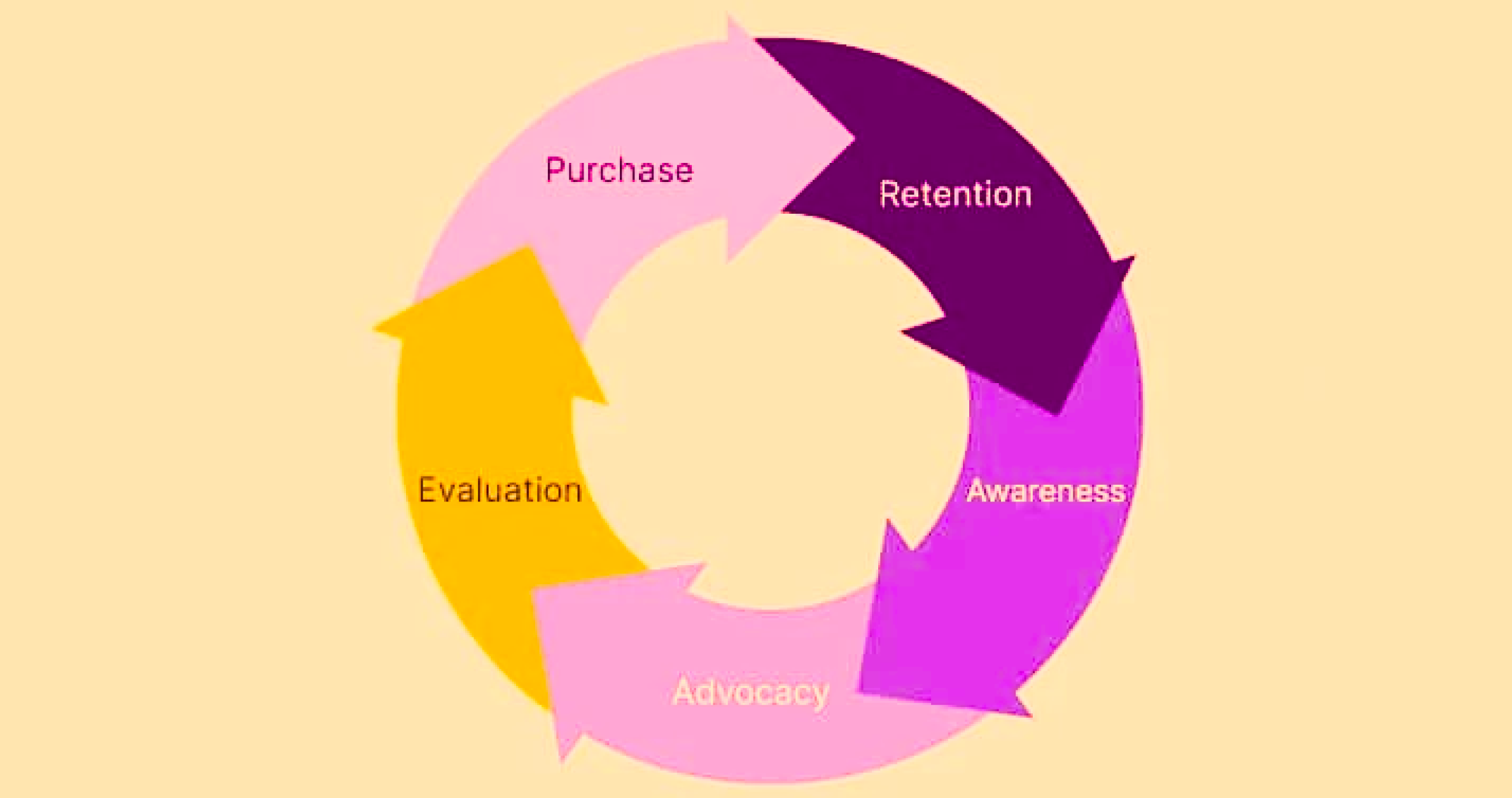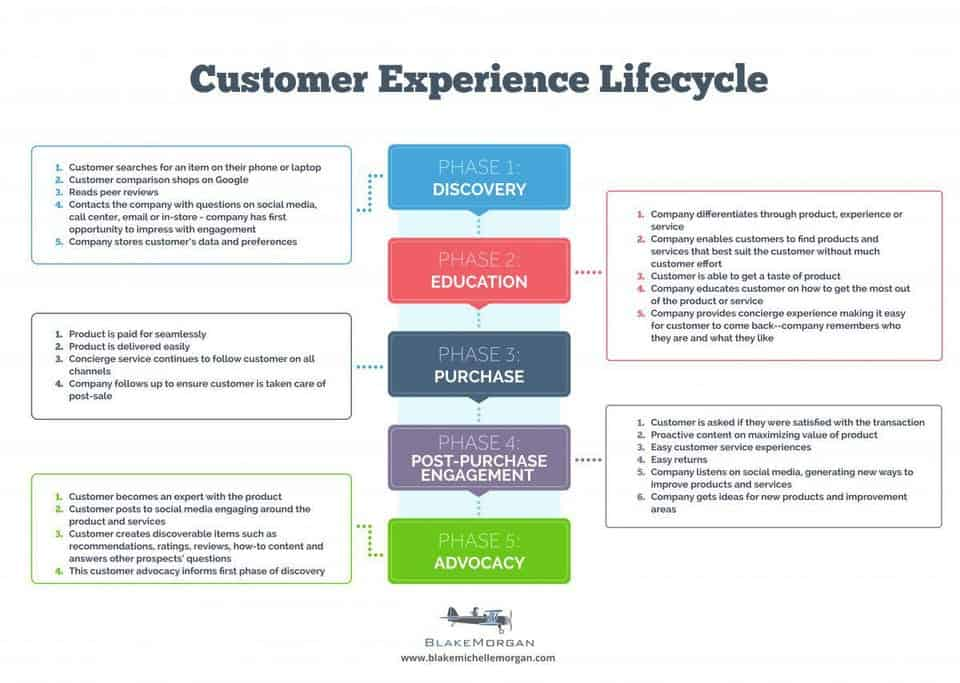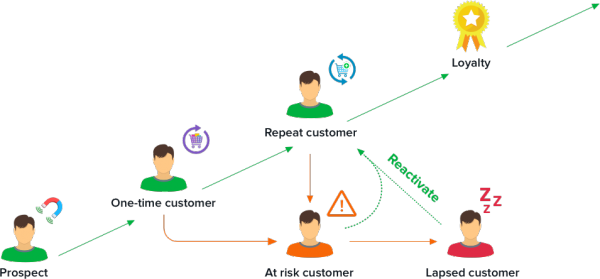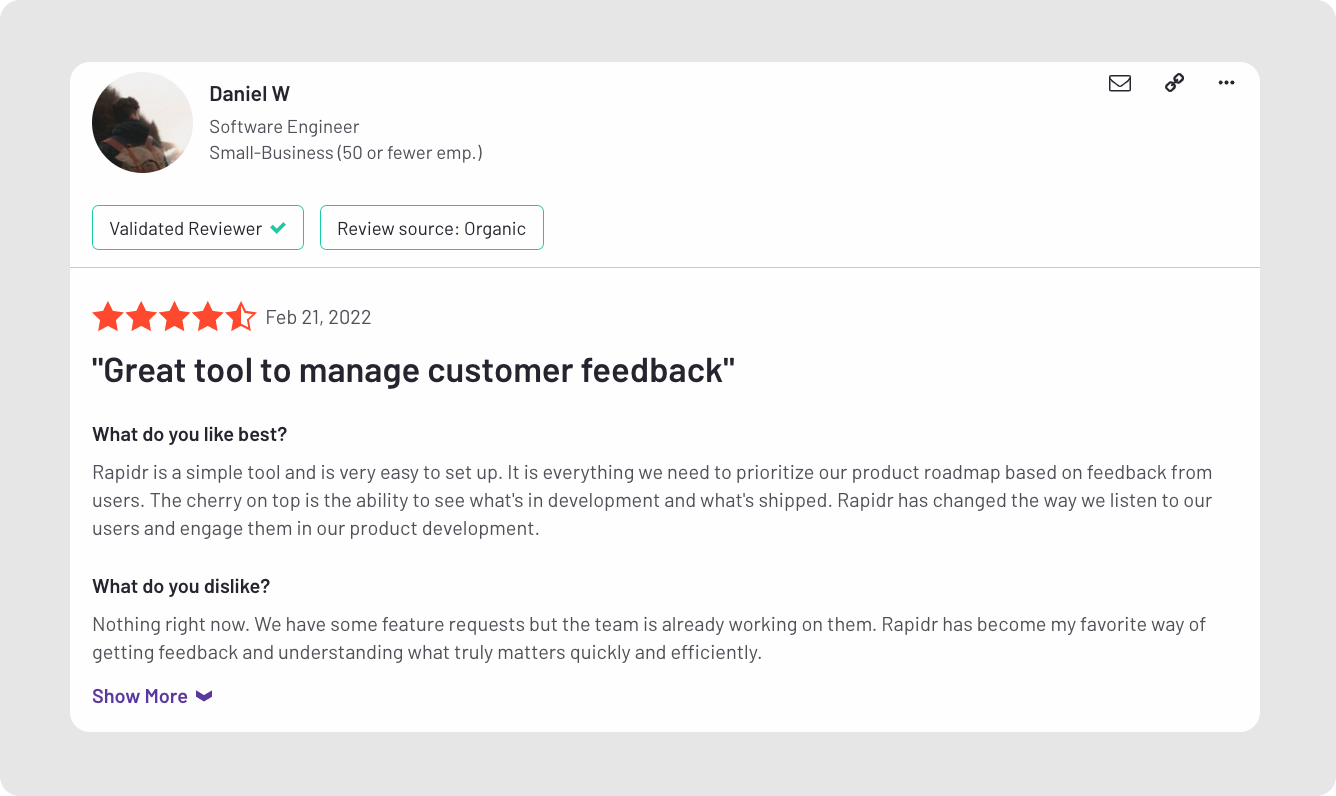
Best Practices for Customer Lifecycle Management
Customer lifecycle management is an important part of running a successful business. It involves understanding customer needs, responding to their inquiries, and providing them with the best possible service.
Retaining customers will greatly generate revenue and build a sustainable SaaS business. The sales, support, and marketing team must focus on the customer lifecycle. A customer making a purchase is not the end of the cycle; it’s just the beginning. You have the chance to convert them into loyal customers.
In this blog, we’ll explain a few best practices and strategies you can follow to manage customer lifecycles and increase retention rates.
What is Customer Lifecycle Management?
Customer lifecycle management is the process of understanding, managing, and analyzing customer data to improve the relationship between a company and its customers.
It is a strategic process that helps companies to understand their customers better, identify the most profitable segments, and improve the customer experience.
A customer lifecycle is the buying journey through the flywheel and sales funnel. By having a clear picture of this lifecycle and collecting customer feedback, the marketing and sales team can identify areas of improvement.
Managing the customer lifecycle involves engaging with customers at the right time, providing helpful content, and providing customer support. The ultimate goal of customer lifecycle management is to generate better leads and increase retention rates.
Building mutually beneficial relationships with customers lead to higher customer lifetime value. And this starts with understanding their purchasing journey and optimizing your marketing and sales strategy based on it.
Stages of Customer Lifecycle Management
Customer lifecycle management is a process of managing the customer relationship. It is a systematic approach to predicting and managing customer needs, behaviors, and expectations at every stage of the customer life cycle.
A typical customer lifecycle similar to a buyer’s journey can be divided into six stages:
- Awareness,
- Acquisition,
- Conversion,
- Retention,
- Loyalty,
- Advocacy

1. Awareness
The first stage of customer lifecycle management is reach, prospecting, or brand awareness. In this stage, you need to acquire potential customers by finding them and getting their attention. This stage can be done through social media, email marketing, advertising, and content marketing.
The goal in this stage is to get their attention, get potential customers aware of your brand or product through marketing campaigns or word-of-mouth and make them interested in learning more about your product or service.
2. Acquisition
Customer acquisition refers to acquiring new customers for a company's products and services once you have reached them. It is where you try to convince them that your product or service will help them solve their problems.
This can be done by providing information about your product on your website or blog posts, answering questions on social media platforms like Twitter and Facebook, or sending free samples of your products to potential customers.
3. Conversion
The conversion stage is the most crucial part of customer lifecycle management. It is the point when a prospect has become a customer and has a vested interest in your company. This is when you need to provide them with all the information they need to make their purchase decision and be successful with your product.
A successful conversion strategy will include:
- A well-designed website that is easy to use and navigate.
- A clear and compelling value proposition that differentiates your business from competitors.
- A strong call to action gives users a reason to buy now rather than later.
- A system for capturing leads and following up with those who don't convert on their first visit to your site, so you can learn from their experience and improve your conversion and product adoption rates.

4. Retention
Retention includes retaining current customers and making them loyal by providing them with a quality experience and involving their feedback in product development. This stage starts when a customer has been using your product or service for an extended period and is satisfied.
Customer retention is an essential part of customer lifecycle management. If customers are not retained, they will never become loyal or return to the company. Retention rates are significant because they help determine whether your company’s marketing strategy works well.
5. Loyalty
Loyalty programs are one-way companies try to retain customers and make them loyal over time. These programs incentivize customers to stay with a company by rewarding their continued patronage with discounts or other benefits.
The loyalty stage includes:
- Measuring customer satisfaction metrics and loyalty levels.
- Improving customer experience through innovation and personalization.
- Engaging with customers through social media, email marketing campaigns, and other channels.
6. Advocacy
Advocacy is where customers recommend and praise your product or service to other people. Advocacy is the stage in which customers actively support a company and its products or services. Customers share their positive experiences with friends and family as they move through this stage.

Best Practices for Customer Lifecycle Management
A customer lifecycle management (CLM) strategy is a company's management process to manage its customer relationship. It includes the steps taken by a company to identify, attract, engage, and retain customers.
The most effective customer lifecycle management (CLM) strategies are tailored to each customer's needs. The best practices for customer lifecycle management include:
Create your buyer persona and identify customer segments
The first step is to have a clear definition of what is your ideal buyer persona, and target audience includes. The concept here is simple: a better understanding of your customer base will let you target them effectively in each stage of the customer journey.
You might already know who your product is for. But do you know specific details about them? For example, you may know that your target audience is project managers.
But do you know what their real pain points are? Which social media platforms do they use more, and what’s their preferred method of communication? You need detailed and segmented buyer personas to make the most out of your product marketing and customer support efforts.
- Define your ideal buyer based on both demographic and behavioral characteristics.
- Segment them based on age, geography, income, and hobbies.
- Most importantly, get a clear idea of their pain points and tie them with your brand's solution.
You can start by analyzing market trends and doing research. Then, interact with your customers through feedback and user interviews to understand common characteristics. Sales and support team members will also have insights into customers. So, collect internal feedback from customer-facing teams to create buyer personas and maintain a centralized internal feedback system.
Implement an SEO marketing strategy to acquire leads
Once you know your ideal buyer, you can create an SEO strategy to get leads by sharing relevant and targeted content.
An SEO marketing strategy aims to make your company more discoverable. When your target audience searches for related topics on search engines, your company has to pop up frequently. Put out SEO-optimised, useful content in the form of blog posts, free templates, and ebooks.
As part of your SEO strategy, you also need to optimize your website for technical SEO to ensure organic rankings. Increasing your site speed, creating an XML site map, adding schema markup, and making your site mobile-friendly are a few basic processes you’ll need to follow.
Offer self-serve plans and priority customer support during the purchase
In a survey by Zendesk, three out of five consumers reported that good customer service is vital to feel loyal to a brand.
Ensure that your customer support system has both self-serve and priority support.
Self-serve tools will let customers solve minor issues without contacting support agents. These elements include web page chatbots, feedback widgets, interactive product demos, and knowledge bases.
The sales and support team doesn’t have to wait for a query to start customer interaction. Potential buyers may have questions about the pricing or how to use it. Consider customers' common doubts and proactively send them tutorials or schedule product demos.

Collect customer feedback at every stage
Collecting feedback from prospects and customers at every stage lets your team know what’s working and understand friction points if any. You can then leverage this feedback to analyze and improve the customer lifecycle and close the feedback loop.
Here are some ways to collect feedback:
- Send out surveys to new customers or prospects to find out how they discovered your brand and collect feedback.
- Customer satisfaction surveys like NPS and CSAT via emails.
- Collect feedback from churned customers
- Instant feedback from website
- Embed feedback widgets in-app
- Gather internal feedback from customer-facing teams

Build email campaigns to retain and nurture lost customers
This is a part of the cross-selling and retention stage of the lifecycle. The customer lifecycle doesn’t end after they’ve made a purchase. You must keep up with customers and nurture them post-purchase to ensure better retention rates.
Creating a good post-purchasing experience starts with email campaigns. The primary thing to do is set up automated thank-you emails that go out right after they become customers. You can then send personalized emails to ensure they are happy with the product.
Send them feedback forms and invite them to provide their feature requests and product suggestions. Whenever you release a new feature, make sure your customers are the first to hear about it.
The goal is to make customers feel valued and appreciated. This will let the customer cycle last longer and not end prematurely.
You can also build email campaigns to cross-sell and up-sell products. Introduce complementary products or services that you offer.
Reward loyal customers with referral programs
A referral program is a marketing tactic to encourage existing customers to become brand promoters by referring their colleagues, friends, or family. It’s a low-cost and easy way to acquire new customers.
A study has shown that referred customers are 18% more loyal and have higher lifetime value than other customers.
So, make sure that referrals are a part of your marketing strategy. That being said, you’ll need more patience and consistency to see results from referral programs.
A referral program in place makes it easier for customers to bring in new prospects. Some brands offer customers an incentive, commission, or discount when they bring in referrals. Once you set your goals, reach out to customers via email, informing them about your referral program.
Don’t forget to track the success of your referral marketing with the help of CRM or analytics software such as Zendesk.
Build a Sustainable Business with a Customer Lifecycle Management Strategy
The customer lifecycle is a continuous process that starts with prospecting and ends with retention. It is essential to understand that the customer lifecycle does not end after the sale but instead continues as long as the company has contact with the customer. Companies should constantly engage with customers to get feedback and ensure their satisfaction remains high.
Many businesses leave the customer lifecycle to chance while others control it. If you choose the latter, you can build an engaged, loyal customer base that will ensure the future success of your brand.
Whichever practice you follow to manage customer lifecycle, it all boils down to analyzing your current strategies, collecting feedback at the right time, and taking the right action based on these data. See how top companies use customer feedback to drive revenue.
Rapidr is a tool that provides real-time visibility into customer feedback data. This helps you determine what’s working and what isn’t and create better strategies. Sign up for free and transform your product experience for the better.

